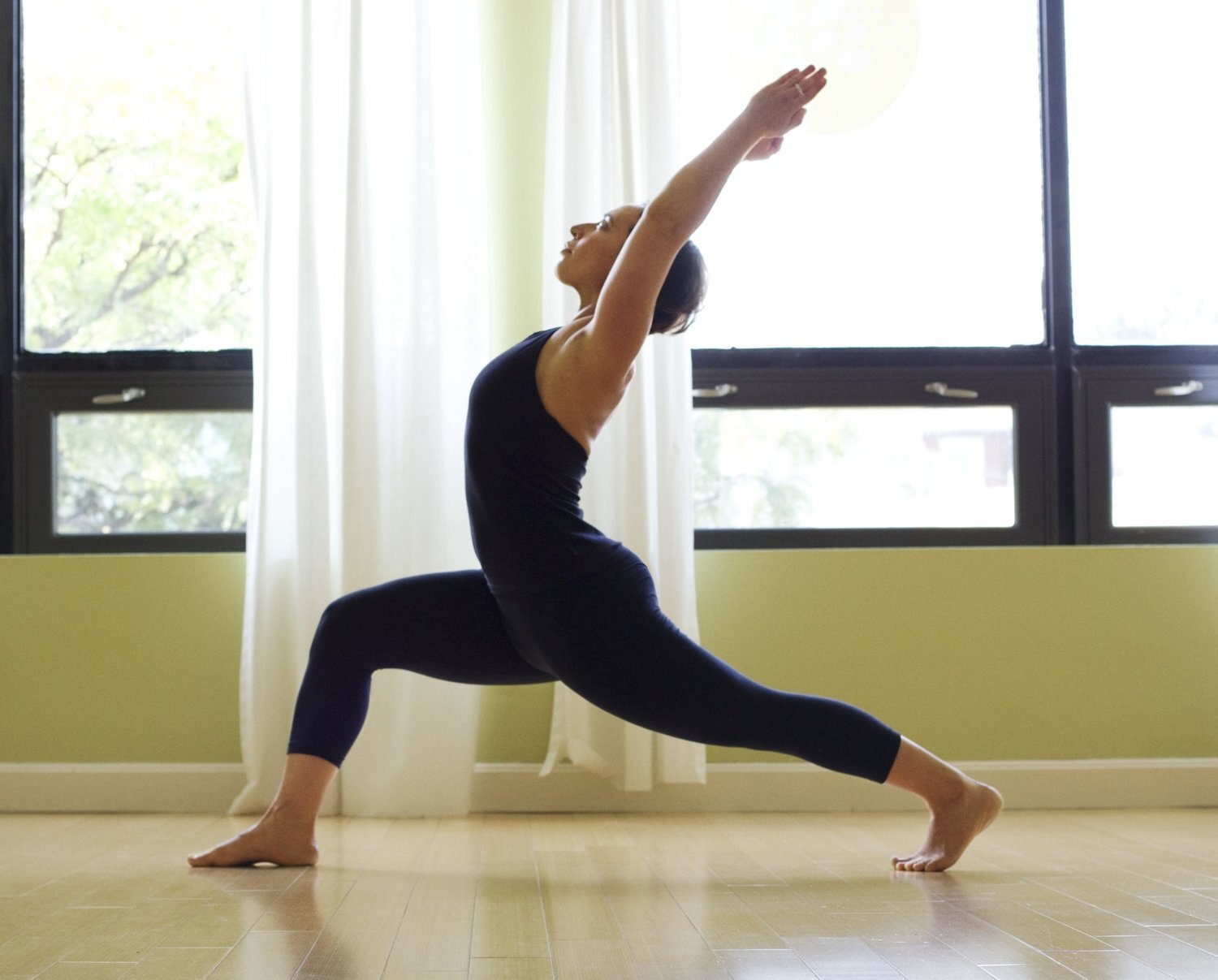The Value of Repetition
There are so many different styles of yoga out there, with many different approaches and ways to categorize each.
One difference we could note is in how much consistency there is in what is practiced from one session to the next. In some styles like Astanga and Bikram, students actually practice the same sequence every time. In other styles, you might do something different every time and, in others, there is a very similar format and very similar material class by class, with just a few differences.
I think there is value in all of it. But, what I would like to speak to is the value of repetition… Doing the same thing or something very similar over and over again.
One value I see is that it allows the student to learn something that may at first be overwhelming or complicated just by doing it many times. Each time I do the same pose again, I may have a little bit more wherewithal, actually feeling and understanding what is happening at a deeper level. Then, over time, I can see my progress, noting how a particular pose or sequence once felt to me and how it is now.
Once the student is familiar with the content, there comes a time where they could either start to get bored or begin to go deep. While there is something stimulating, entertaining and engaging about doing something new, we can also train our minds to look for the newness in the nuance. We can let the outer shape of our practice move into auto-pilot mode (in this pose/sequence, I know where my arms and legs are going, I’ve done this many times before) BUT, instead of checking out or letting our mind wander, we can use that freed up mental energy to get curious about the subtle details of the pose and/or enter a deep meditative state while the physical practice is happening.
I teach a pretty similar sequence every class. When I do offer something “new” or something we haven’t done in a while, I often get positive feedback from my students that they like it. While it is very tempting for me to give them what they want--entertainment, challenge, stimulation--what is the point of this? I get that it’s fun. There was a time as a newer teacher that I brought my dance choreography background into my teaching and had a lot of fun creating creative sequences. But, for me, there is a lost opportunity when novelty is introduced into each class experience. If your stimulation/engagement/enjoyment is tied to novelty, what happens when you’ve done it all? There are, after all, a limited number of poses, and eventually you can, in a way, “know” them all. If the outer shape is what brings the engagement, you are eventually going to meet an end to that stimulation, AND in the meantime, be at the whim of the teacher to give you something that holds your attention.
The solution to this eventual outcome of boredom in the practice is, in my opinion, to go deep, go subtle and get curious. This practice of ‘getting curious’ can be done anywhere, in any pose, no matter how simple or familiar. AND, unlike the outer shape, the inner world is infinite, ever changing and never fully knowable. So we get to practice that beautiful, if not slightly unfamiliar and perhaps at first uncomfortable state, of “not knowing” and watch the mind tend towards putting things in little knowable boxes (“Oh, this is triangle pose, I know that one”) and seek entertainment elsewhere (“Now, what are we going to do for lunch?”).
In the coming back to what’s happening NOW, and taking in the real-time feedback the body is giving me, I get to know my body at a more and more subtle level, maybe even going beyond what I could put into words. Regardless of what information I gather in this state of continued curiosity, I am practicing a state of being that is so much more alive. In each pose, I am waking up to the world that is right here, even if it is something I’ve seen many times before.
So we might ask: Why are we practicing? What is the point? For me, the physical movement practice is generally about keeping my body mobile and working well, while I also get to do the beautiful mental practice of coming back to presence, like I would in a seated meditation. With this in mind, it makes a lot of sense to do something similar each time I practice. Very little attention is needed for the sequencing and my full attention can be directed inwards.
In this way, there is first the learning of the particular practice/sequence, which may be easier because you know you’ll get to see it again each time you get on your mat. Keep practicing and you will eventually learn it. Then, once you have learned the sequence/practice, you will know it in your body. You are now familiar with what is going to happen. This opens up into the mature practice which you can carry on indefinitely, in class with a teacher's guidance, or at home. You might choose to alternate between a very subtle exploration, a fine tuning, or a meditation - simply observing what’s happening, as you would seated in stillness - while moving through the familiar sequence.
As a teacher, it is helpful for me to step back and look at why I’m doing things in the way I do them. I teach a lot of repetition and this is why.
I offer this explanation with all due respect to the other various teachers and styles out there. I hope each student can find a style and teacher that resonates with them. Thankfully there is a lot to choose from.
– Chandra Cantor

